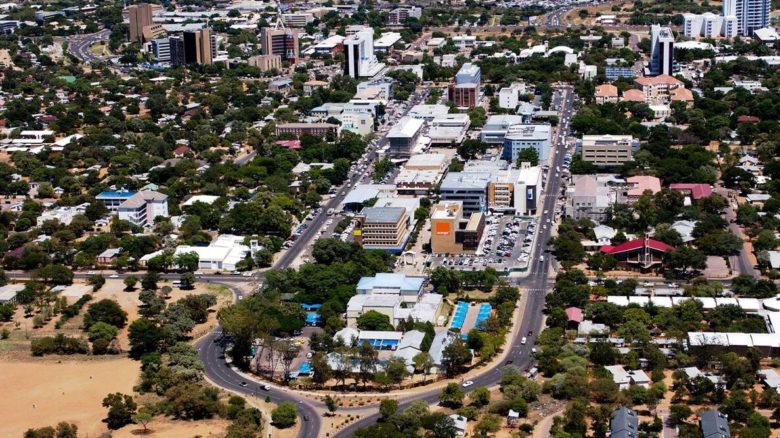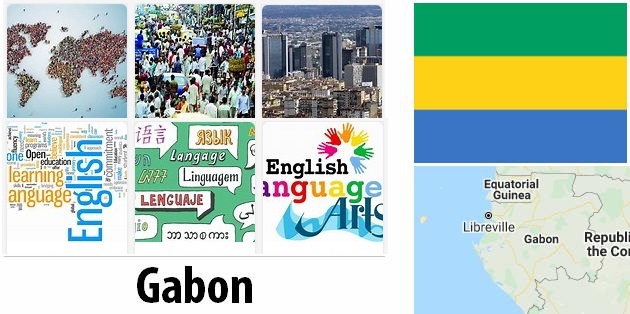Economics and Business in Botswana
Botswana is one of Africa’s few economic successes since independence, and one of the countries in the so-called Third World with the highest economic growth in recent decades. Since the mid-1970s, Botswana has had the highest per capita income growth in the world. Botswana has undergone remarkable economic development, from being one of Africa’s economically and socially least developed countries by independence in 1966, to one of the most successful in the 1990s. Botswana has succeeded in developing a physical and social infrastructure that has given the population considerable progress, including international aid, its own export earnings, political stability and financial discipline. in education and health. Botswana is one of the very few developing countries that has not had to implement the World Bank and IMF structural adjustment program, and where development aid is only a marginal part of government finances. The country’s economic growth is mainly due to the export of diamonds, as well as a cattle industry that creates great value not least thanks to access to foreign export markets.
Diamonds account for most of the country’s state revenue, but also make the country vulnerable to price fluctuations. A fall in diamonds in the early 1990s thus caused Botswana revenue loss and a significant reduction in growth. The annual growth in gross national income from the 1970s to the turn of the millennium was about 7% on average, and the country built up considerable foreign exchange reserves located abroad. The economic development plan for 1997 / 98–2002 / 03 placed particular emphasis on diversifying the economy and reducing the strong dependence on cattle and diamonds. At the end of the period, the dependence on diamonds was, if possible, higher than ever. A downside to Botswana’s economic success is the very skewed distribution of revenue, and the lack of progress in leveraging the large revenue to create a new platform for economic development, thereby: creating employment. In the early 2000s, about half of the population had income below the poverty line.
In the second half of the 1990s, the AIDS epidemic emerged as one of the biggest threats to Botswana society and the country’s development. In 2004, Botswana was the hardest AIDS-afflicted country in the world. Dramatic social and economic consequences have already begun to emerge. The AIDS epidemic was cited as one of the main causes of projected budget deficits as early as 2005. For a number of years, 1974-96, Botswana was one of the priority partners for Norwegian development aid. The assistance was mainly aimed at the health sector and the development of the country’s infrastructure.
Agriculture
Botswana is one of Africa’s least populated countries, and much of the area is desert or semi-desert, and therefore little suitable for agricultural purposes. Only approx. 5% is cultivable. About 45% of the working population are employed in agriculture, which, however, contributes only approx. 5% of GDP. Plans to grow larger areas through artificial irrigation, by utilizing water reserves, among other things. in the Okavango Delta, has encountered both practical and political obstacles, not least from environmental protection. Agriculture is dominated by livestock farming, and especially livestock farming, which is the most socially important industry by providing employment and income to a large part of the population – in contrast to the financially important mining industry, which provides a limited number of jobs. About. half of rural households do not own or have access to cattle, and the industry is largely concentrated on a smaller number of cattle owners, which depend on large grazing areas and access to water. About. About 5% of cattle owners own about half the livestock. The population is approx. 1.2 million, but varies somewhat with occasional drought periods. Cattle farming is largely based on Botswana’s access to the European market. to prevent the spread of foot-and-mouth disease. Production of meat is done through the state Botswana Meat Commission, which runs several large, modern slaughterhouses, in Lobatse, Francistown and Maun. In recent years, poultry production has expanded, including ostrich, which is found naturally in Botswana. For local consumption, some foods are grown, such as sorghum, corn, legumes, fruits, vegetables and root crops, as well as cotton.
Mining, industry
Botswana has large diamond deposits, and a significant part is high quality jewelry diamonds – which achieve good prices. The mining industry, above all the extraction of diamonds, has been the driving force in Botswana’s economic development, and in the early 1980s passed meat as the main currency earner. Diamond mining alone accounts for just over three-quarters of the country’s export revenue and about 45% of GDP and more than half of government revenue. In 2002, the diamond company Debswana, established by South African De Beers and the Botswana State, produced 28.4 million carats, making Botswana the world’s largest producer of jewelry diamonds, measured in value; the second largest measured in volume. Debswana was the world’s largest producer of diamonds in 2001. The mine in Orapa, which was opened in 1971 after deposits were proven in 1967, is the world’s second largest, with an estimated useful life of another 30 years after investments of USD 410 million at the turn of the millennium. Large deposits are also mined at Letlhakane and Jwaneng. In 1992, the first diamond processing operations in Botswana, a center for grinding, were opened. Botswana also has other mineral deposits, and in particular the recovery of copper nickel mats in Selebi-Phikwe from 1974, has been significant, including. with export to Falconbridge in Kristiansand. Coal, salt, gold and cobalt are also recovered, but the recovery of the country’s significant coal reserves has been hampered by low prices and long transport distances to central markets. Botswana also has deposits of plutonium, asbestos, chromite, iron, manganese, silver, uranium, etc. Large deposits are also mined at Letlhakane and Jwaneng. In 1992, the first diamond processing operations in Botswana, a center for grinding, were opened. Botswana also has other mineral deposits, and in particular the recovery of copper nickel mats in Selebi-Phikwe from 1974, has been significant, including. with export to Falconbridge in Kristiansand. Coal, salt, gold and cobalt are also recovered, but the recovery of the country’s significant coal reserves has been hampered by low prices and long transport distances to central markets. Botswana also has deposits of plutonium, asbestos, chromite, iron, manganese, silver, uranium, etc. Large deposits are also mined at Letlhakane and Jwaneng. In 1992, the first diamond processing operations in Botswana, a center for grinding, were opened. Botswana also has other mineral deposits, and in particular the recovery of copper nickel mats in Selebi-Phikwe from 1974, has been significant, including. with export to Falconbridge in Kristiansand. Coal, salt, gold and cobalt are also recovered, but the recovery of the country’s significant coal reserves has been hampered by low prices and long transport distances to central markets. Botswana also has deposits of plutonium, asbestos, chromite, iron, manganese, silver, uranium, etc. been significant, i.a. with export to Falconbridge in Kristiansand. Coal, salt, gold and cobalt are also recovered, but the recovery of the country’s significant coal reserves has been hampered by low prices and long transport distances to central markets. Botswana also has deposits of plutonium, asbestos, chromite, iron, manganese, silver, uranium, etc. been significant, i.a. with export to Falconbridge in Kristiansand. Coal, salt, gold and cobalt are also recovered, but the recovery of the country’s significant coal reserves has been hampered by low prices and long transport distances to central markets. Botswana also has deposits of plutonium, asbestos, chromite, iron, manganese, silver, uranium, etc.
With a limited market and proximity to industrialized South Africa, Botswana has not had the best conditions for industrial development. In the 1990s, the South Korean company Hyundai built a plant for the assembly of up to 40,000 cars a year, essential for the South African market, but has since been closed down. The largest industrial enterprise is the processing of meat and other foodstuffs. There are also smaller companies within, among other things. textiles, chemicals and electrical goods.
Tourism
Tourism is a growth area. Botswana has the famous Okavango Nature Reserve to offer, as well as Kalahari and the Chobe Nature Reserve at Victoria Falls. In its expansion of the tourism industry, Botswana has invested in high quality and limited number of visitors. Botswana has a rich wildlife and, at the end of the 1990s, got through, along with Namibia and Zimbabwe, to be able to sell ivory from elephants shot under government control to keep the stock down.
Foreign Trade
Botswana has for many years had a surplus in the balance of trade abroad, thanks to extensive exports, especially of meat and diamonds, as well as other minerals. There is also a minor export of finished goods, such as electrical items and vehicles assembled in Botswana. The main export partners on the export side are the United Kingdom and the EU, for imports South Africa and the EU.
Transport and Communications
Both the road and rail networks are best developed in the country’s eastern parts. The road network, at approx. 10,000 km, has been developed in recent years with many connections, including between Nata and Maun. About half of the roads are paved. The railway, which forms part of the connection between South Africa and Zimbabwe, is the backbone of Botswana’s transport system. The main airport is at Gaborone. In 1992, another major airport opened at Kasane, furthest to the north. Large military airport between Molepolole and Letlhakeng.



